“Before the mountains were brought forth, or ever Thou hadst formed the earth and the world, even from everlasting to everlasting, Thou art God.” Psalm 90:2
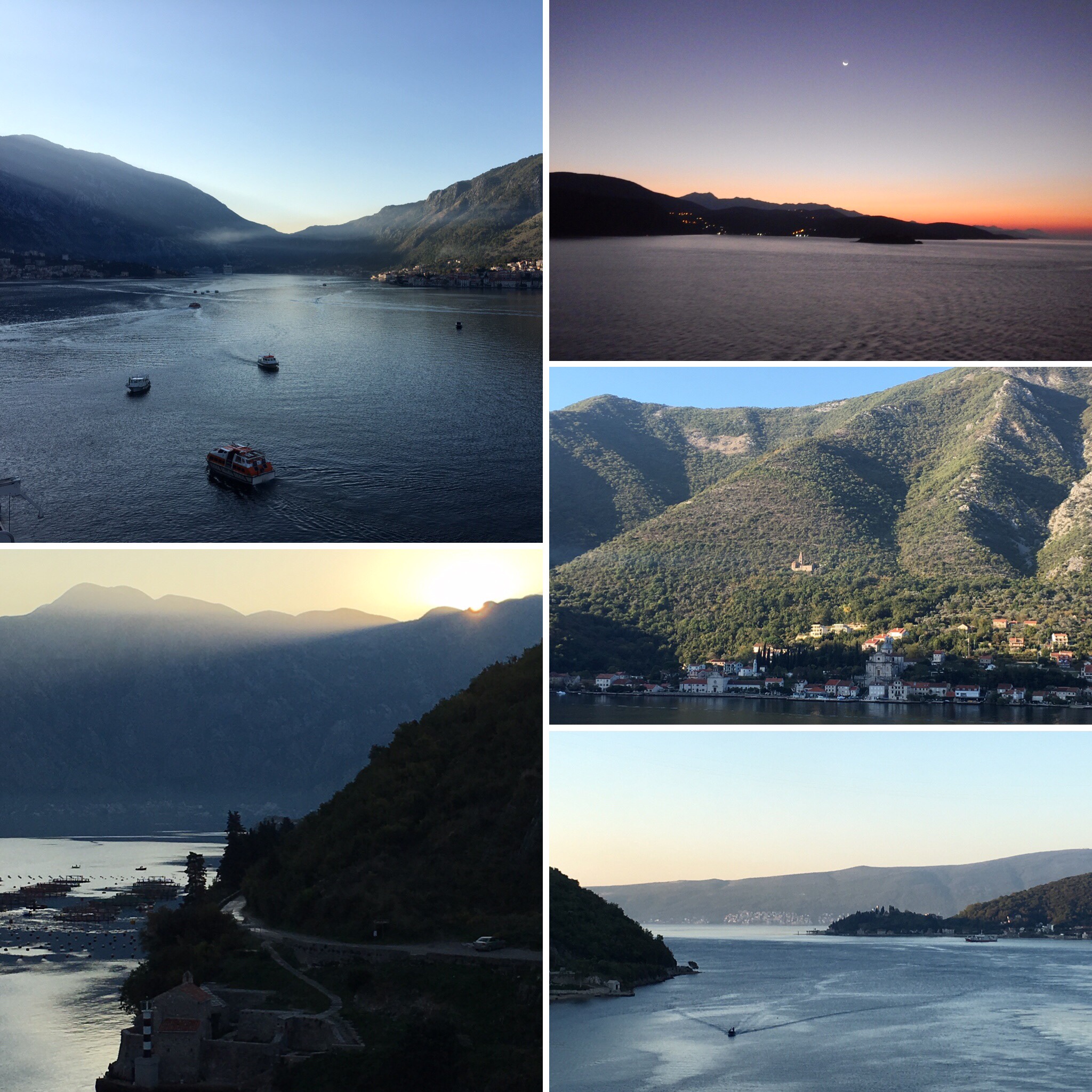
(The fjord approaching Kotor, Montenegro)
Earlier in the year, when we first visited Montenegro, I wondered where exactly was this place? I found out it was nestled along the eastern coast of the Adriatic Sea, which is on the eastern side of Italy. If you were to draw a line parallel to the equator eastward from Rome, you would come to Montenegro. Geographically, it lies just north of Albania, west of Serbia, and south of Bosnia and Hertzogovina, with Croatia (our next stop) slightly northwest. It is a mountainous country with a Mediterranean climate, which means it has hot, dry summers and autumns and cold winters a little more inland.
It was actually first settled by the Romans in the fifth century BCE (formerly BC), and later fortified by the Byzantine Emperor Justinian in 535 CE (formerly AD). After Byzantine rule ended around 1000 CE, Austria, France, and Russia each had a time of governing the region until 1918 when Kotor became part of Yugoslavia. (Some of us remember that country!) Montenegro was part of that country until achieving its independence in May 2006.
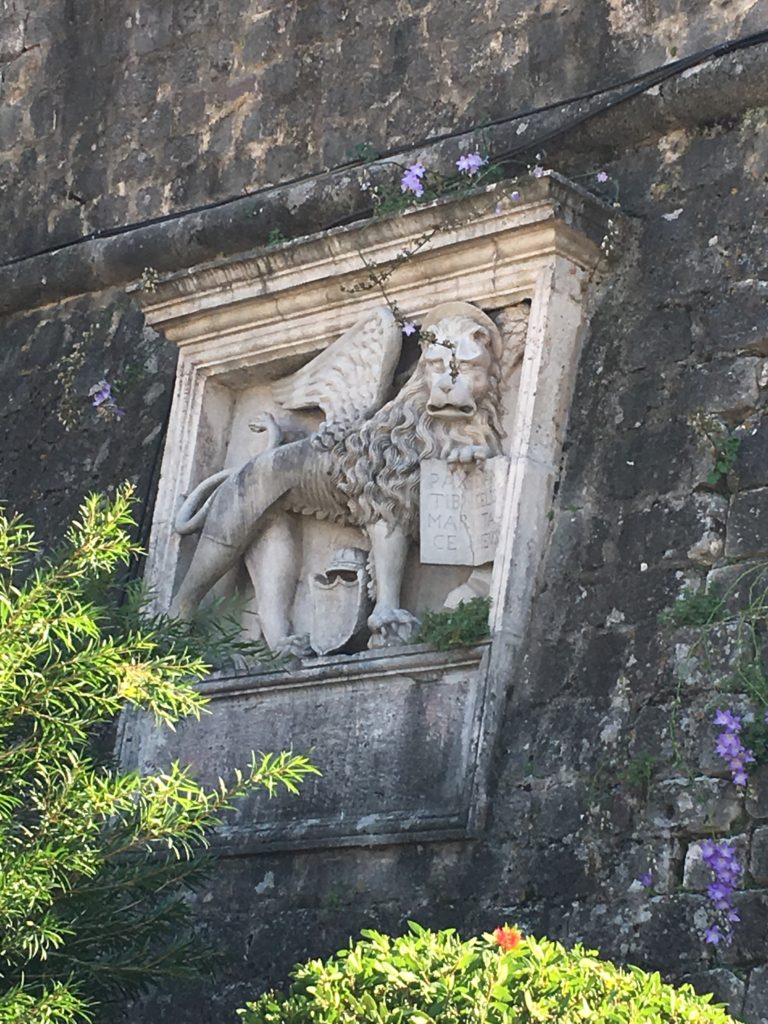
(Symbol of Venice in the city wall)
Like most of the important ancient cities, Kotor was walled for its own protection. The old medieval city has a carved inlay in its outer wall of a lion with a book, which is a symbol of the Venetians. These walls stand 65 feet tall and 49 feet wide! Heavily influenced by Venetian art and handiwork, frescoes and gilded altars can be seen in St. Tryphon’s cathedral.
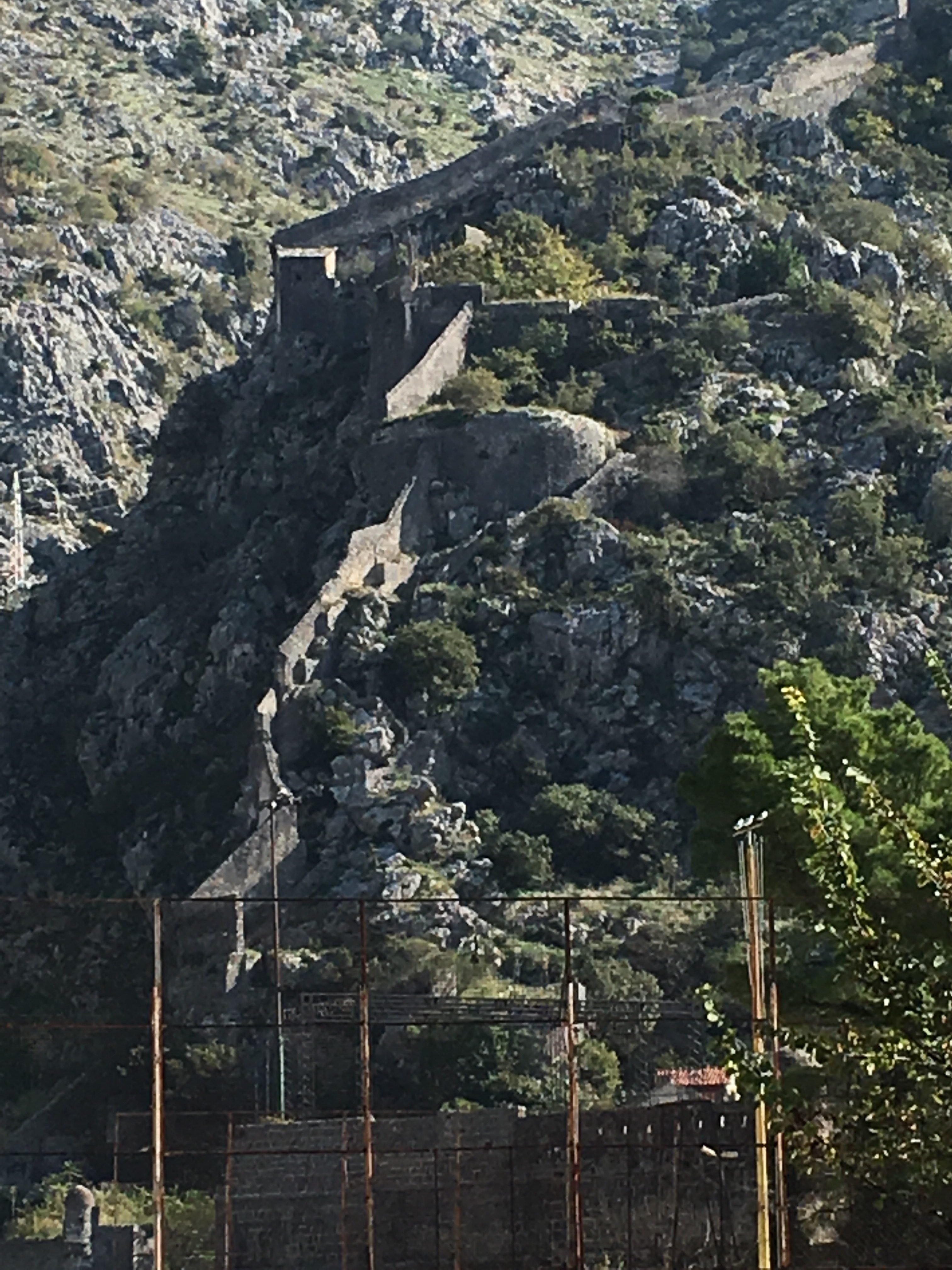
(Venetian-built wall around the old city of Kotor)
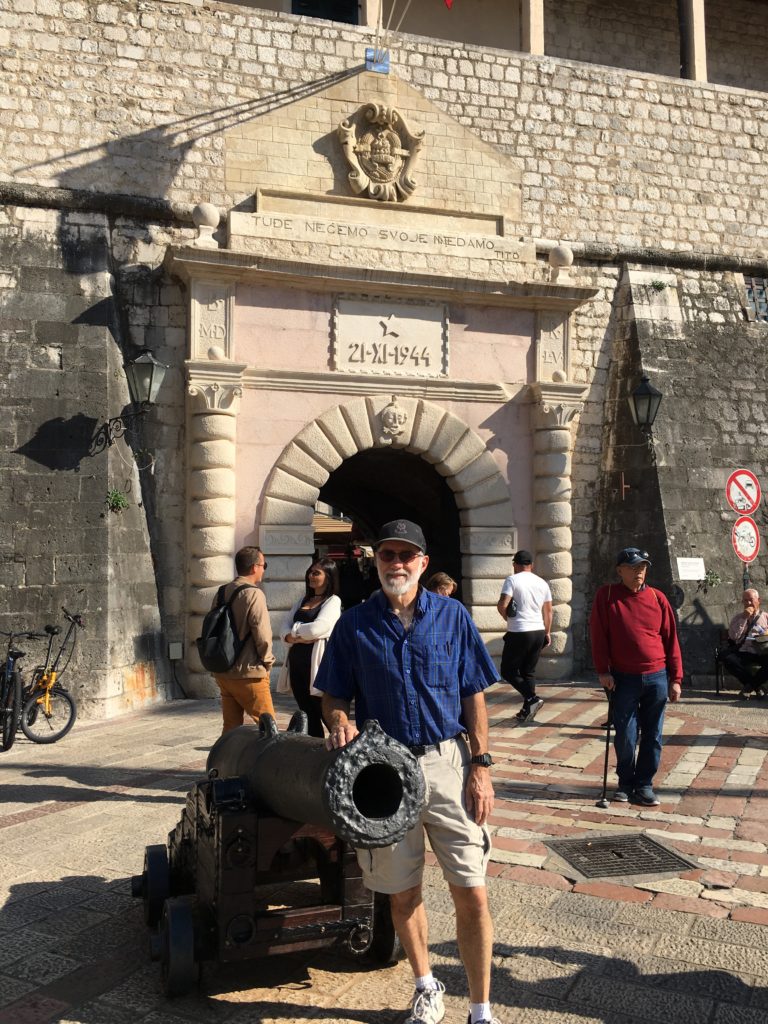
(city gate)
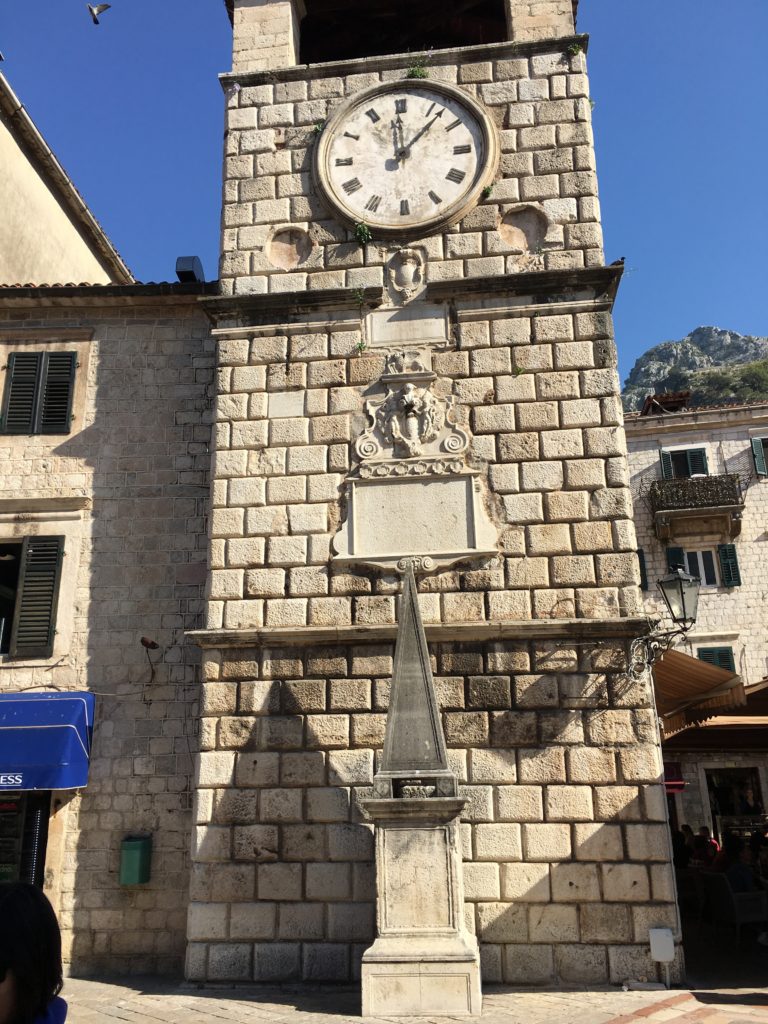
(“Pillar of Shame” – People who had committed offenses were shackled to this post for passersby to ridicule and throw things at them. I wonder how our world would be if every town had one of these today?)
Five interesting facts about Montenegro:
1. Favorite foods include seafood like squid, mussels, prawns, eel, and trout, and specialties such as “salata od hobotnice” (octopus salad) and “karadorde vasnicla” (breaded veal cutlet roll stuffed with cheese).
2. The old city of Kotor is built like a maze, and it is easy to get lost in its streets (a medieval corn maze perhaps?)
3. Local fauna include bears, deer, martens, wild pigs, wolves, foxes, and wildcats.
4. Montenegro boasts the largest lake in the Balkan region, Skader Lake.
5. Montenegro is not yet part of the European Union, but it does use the Euro as its currency.
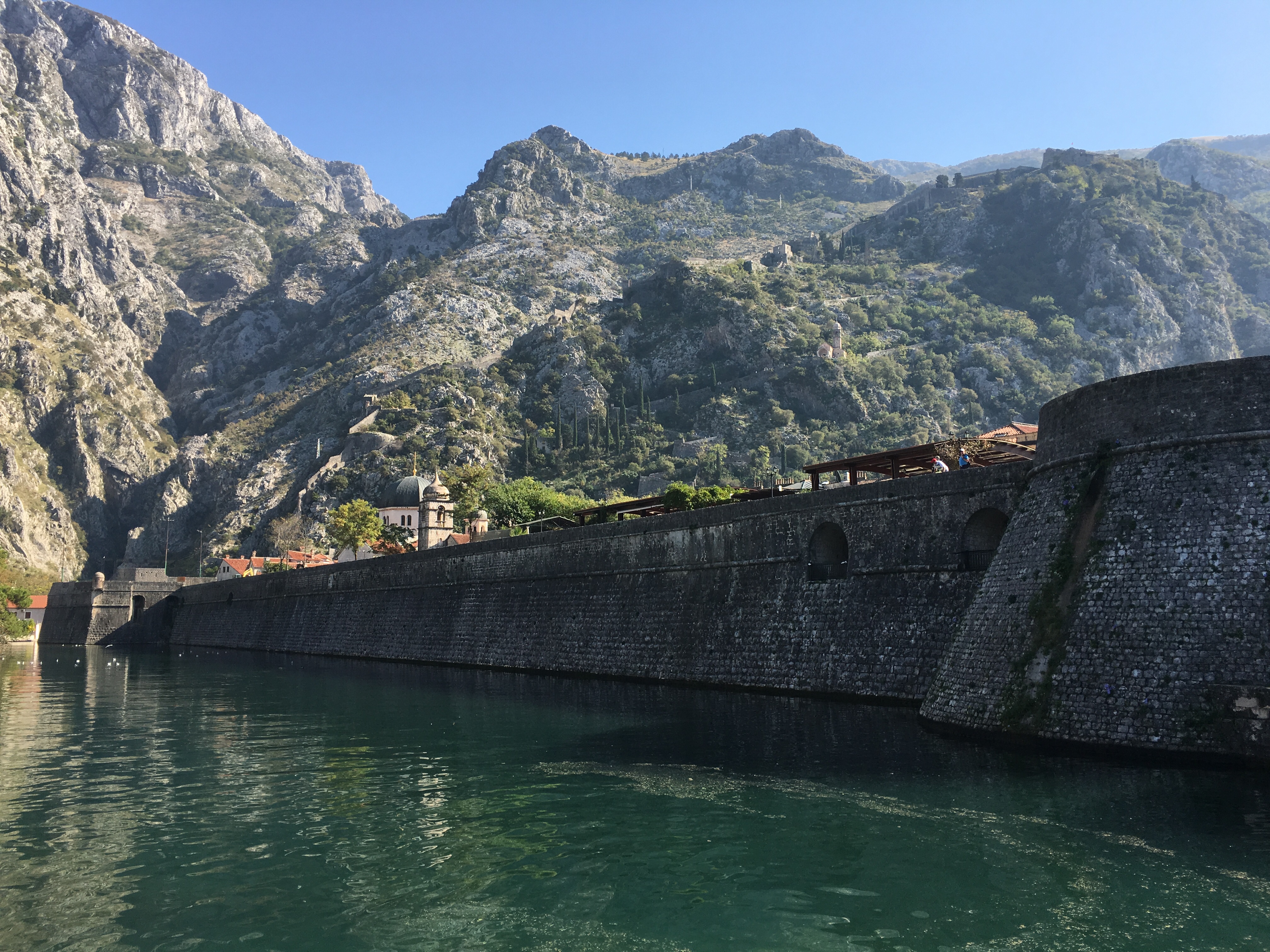
(Part of the city wall)
Kotor has become one of my favorite places in the Mediterranean region because of its cobblestone streets, old churches, medieval setting, and rich maritime history.
Next stop: Dubrovnik, Croatia
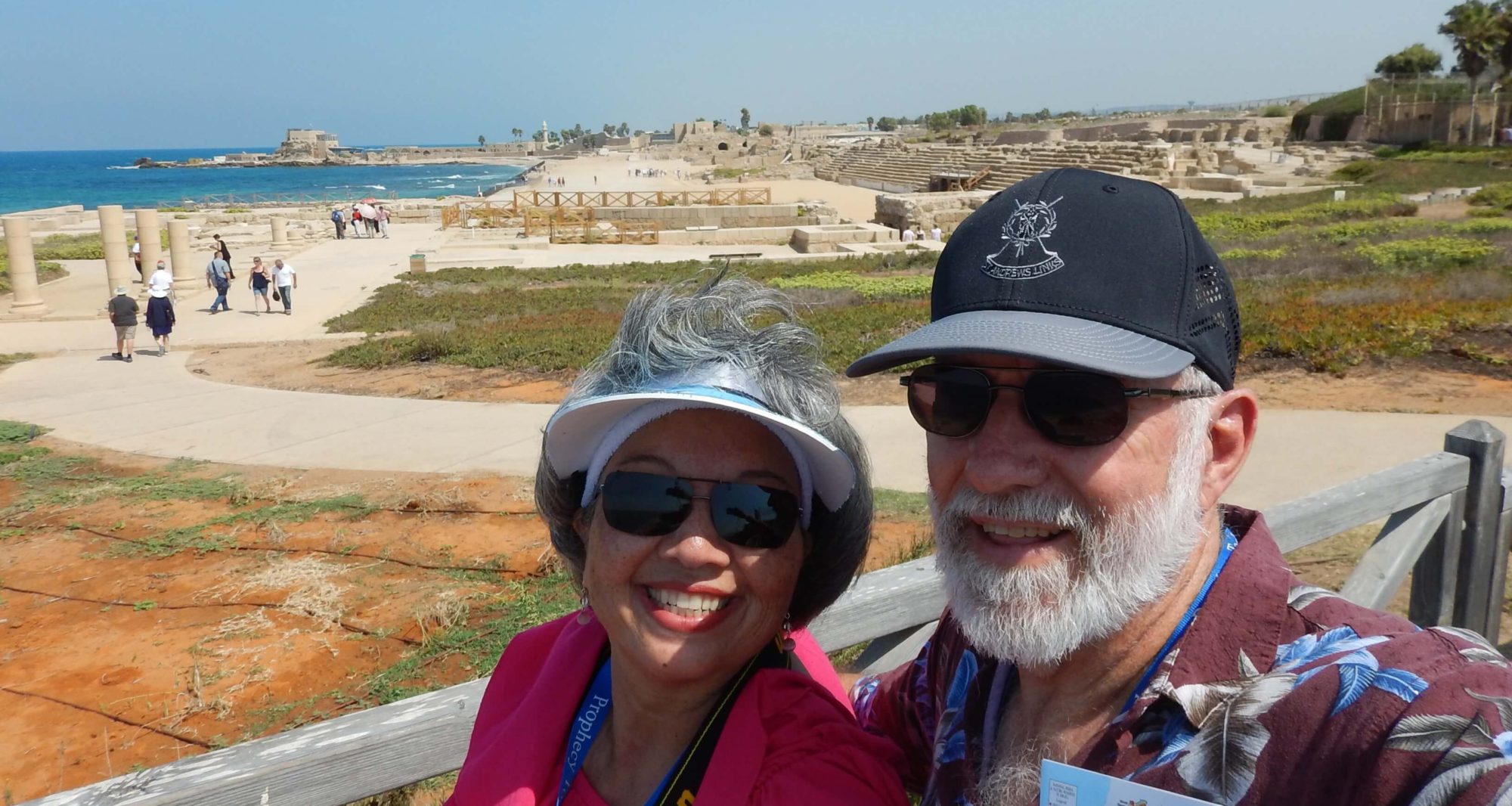
Beautiful, Jayne!